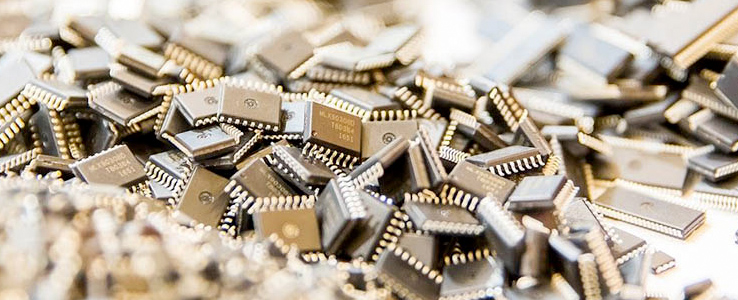This shift at the top reflects the growing dominance of AI-related technologies. Gartner points to a significant increase in demand for data centre infrastructure and a 73.4% rise in memory revenue as key drivers behind the reshuffling.
These developments form part of a broader transformation across the semiconductor landscape — one that Claus Aasholm of Semiconductor Business Intelligence will explore during his keynote at Evertiq Expo Malmö on May 15, 2025 . Titled “Ripples and Tsunamis in the Semiconductor Supply Chain,” the keynote will explore the broader structural shifts impacting the semiconductor landscape. Aasholm argues that traditional market cycles are giving way to new forces — political agendas, subsidies, trade policies, and the accelerating demand for AI.

He also points to China’s long-term strategic positioning as a key factor shaping future dynamics. Supported by in-depth data, the presentation promises to unpack how these changes are influencing investment decisions, global supply chains, and the competitive movement within the industry. Returning to Gartner’s insights, Gupta noted that Samsung held the No.
2 position thanks to gains in both DRAM and flash memory, driven by a rebound in pricing following supply-demand imbalances. Meanwhile, Intel slipped to No. 3, challenged by mounting competition across its product lines and a missed opportunity to capitalise on the AI surge.
.
Technology

Semiconductor industry grows 21% in 2024; Nvidia takes lead

The global semiconductor industry saw substantial growth in 2024, with worldwide revenue rising 21% year-over-year to reach USD 655.9 billion, according to final figures from Gartner. For the first time, Nvidia claimed the top spot in the global rankings, capturing 11.7% market share, followed by Samsung Electronics and Intel.















